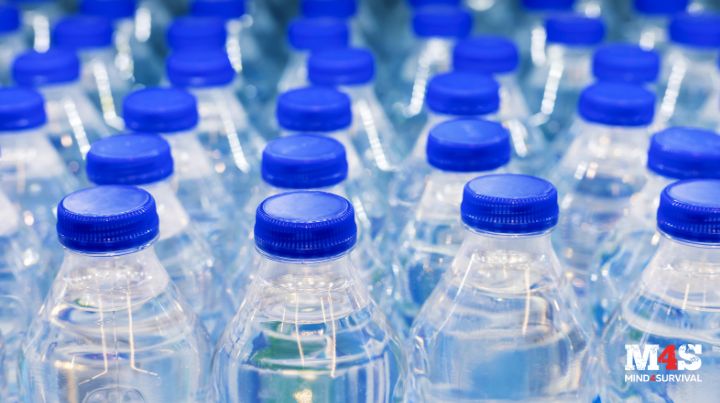Water Purification and Storage


Water is fundamental to life, making storage and purification a key element in any family’s preparedness plan. Having a reliable water supply can significantly affect how well you face a natural disaster or other unexpected emergencies. This article outlines practical strategies for storing and purifying water, ensuring you and your family remain hydrated and healthy in challenging times.
To plan for a seven-day water supply, estimate your household’s daily consumption. You can start by using the rough estimate that each person requires at least one gallon of water per day for drinking and hygiene. A family of four, for instance, should store a minimum of 28 gallons (212 16.9-ounce water bottles) to cover one week. Consider additional water needs for pets, cooking, and cleaning. Account for extra water for those in hotter climates, young children, nursing mothers, and the elderly. Accurately calculating these requirements ensures your preparedness efforts meet your family’s emergency needs.
Pro Tip: Measure and track your family’s water consumption for one week to more accurately determine how much water you need during a disaster. Look for areas where you waste water so that you conserve your supply when it matters.
Read This Article On Calculating Your Daily Water Consumption Needs
Selecting appropriate containers is crucial for safe water storage. Food-grade plastic or glass containers are ideal as they are designed to hold drinking water. Avoid using containers that have previously stored chemicals or non-food substances. Commercially available water storage containers come in various sizes, from small bottles to large drums, allowing flexibility based on your storage capacity and needs.
Containers should be durable and sealable. Options include:
Here’s an Article on Easy DIY Water Storage for Frugal Preppers
Containers must be thoroughly cleaned and sanitized before storing water. To disinfect the containers, use a mixture of unscented household bleach (five to six drops per quart of water). Rinse well with clean water. This step helps prevent contamination, ensuring your stored water remains safe for consumption.
Read This to Learn About Sanitizing Water Containers: Here’s How to Do It

Once the containers are ready, fill them with tap water treated with bleach (eight drops per gallon). This treatment should kill residual bacteria, ensuring the water remains safe. Store the filled containers in a cool, dark place away from direct sunlight and chemicals, such as a basement or closet. Label the containers with the storage date to keep track of their age. Proper storage also involves:
Here Is an Article on How Long Does Stored Water Last?
In emergencies where stored water runs out, purifying available water becomes essential. Several methods can be employed:
Other purification methods include:
This Is an Article I Wrote on How to Purify Water for Drinking

Water storage is more than just a one-time task. Regular maintenance is necessary to ensure safety. Rotate your stored water every six months to maintain its freshness. Inspect containers for any signs of leakage or contamination. If you are unsure about the water’s quality, use a purification method before consumption.
In addition, consider the following:
Effective preparedness includes securing a reliable water supply. By understanding your water needs, choosing the correct storage methods, and knowing how to purify water, you can build a robust plan that protects your family during emergencies. Prioritize water in your preparedness efforts to stay hydrated, healthy, and ready to face any challenge that comes your way. With careful planning and regular maintenance, your water storage system will serve you well in times of need.
What are your thoughts on water purification and storage? Tell us in the comments below.
Stay safe,
Brian

